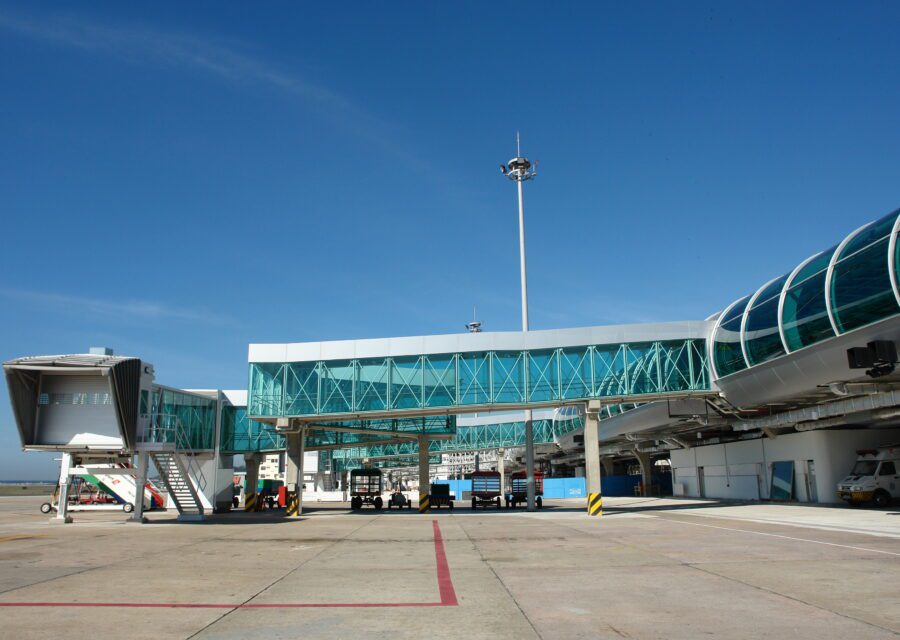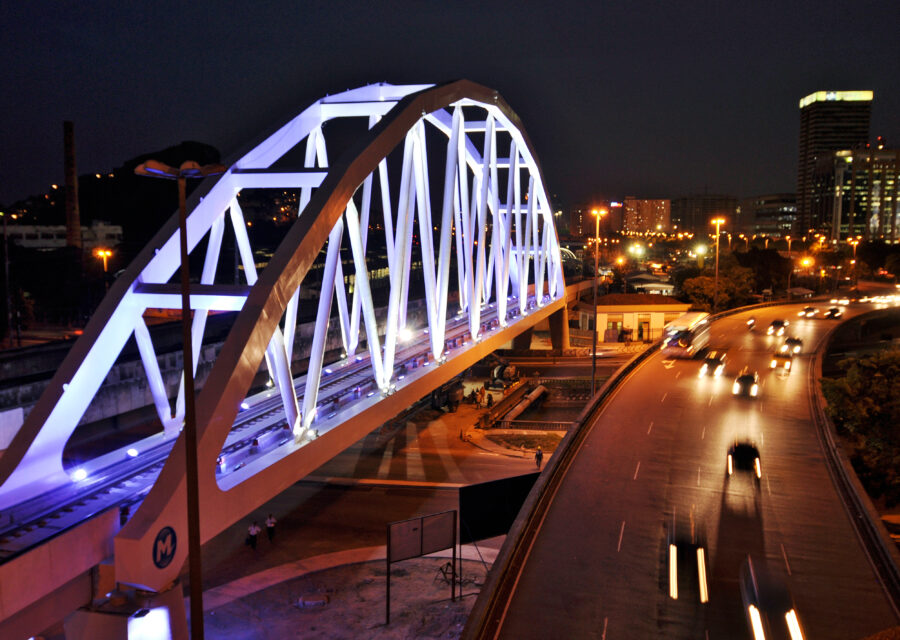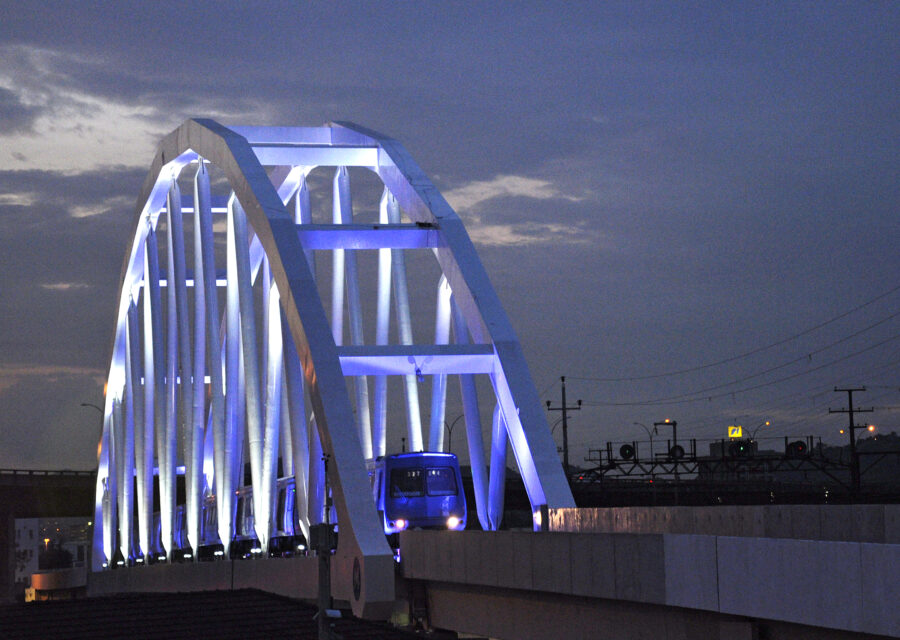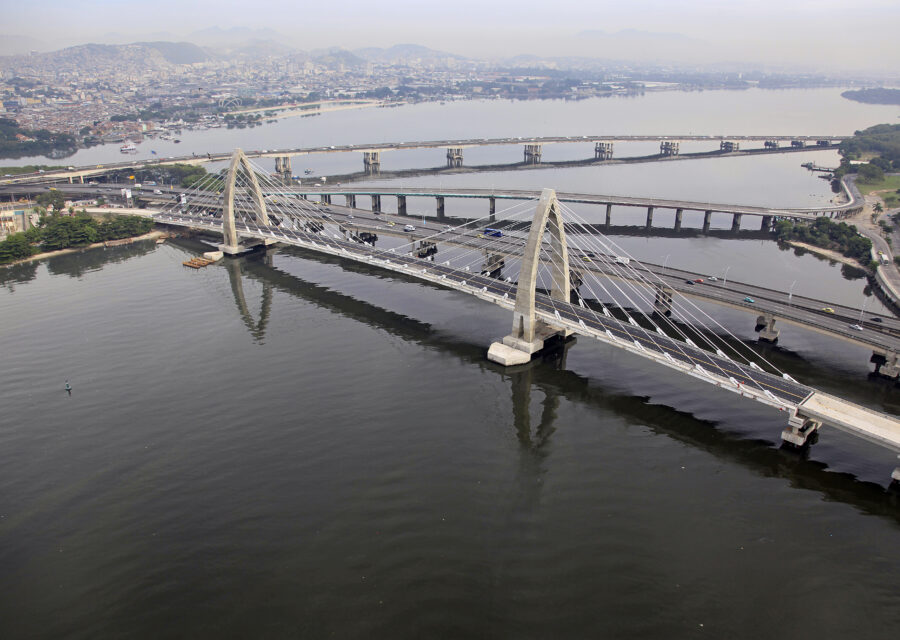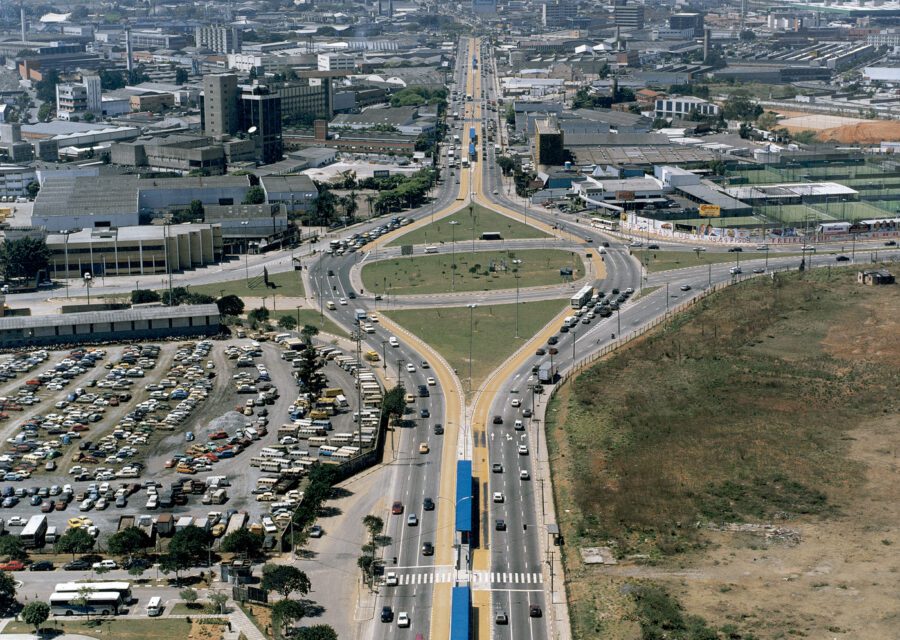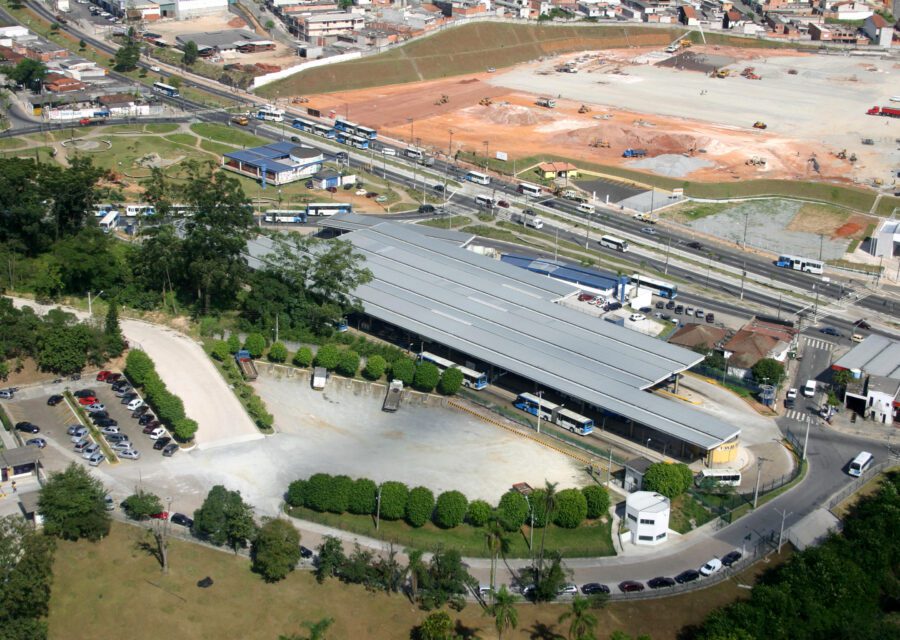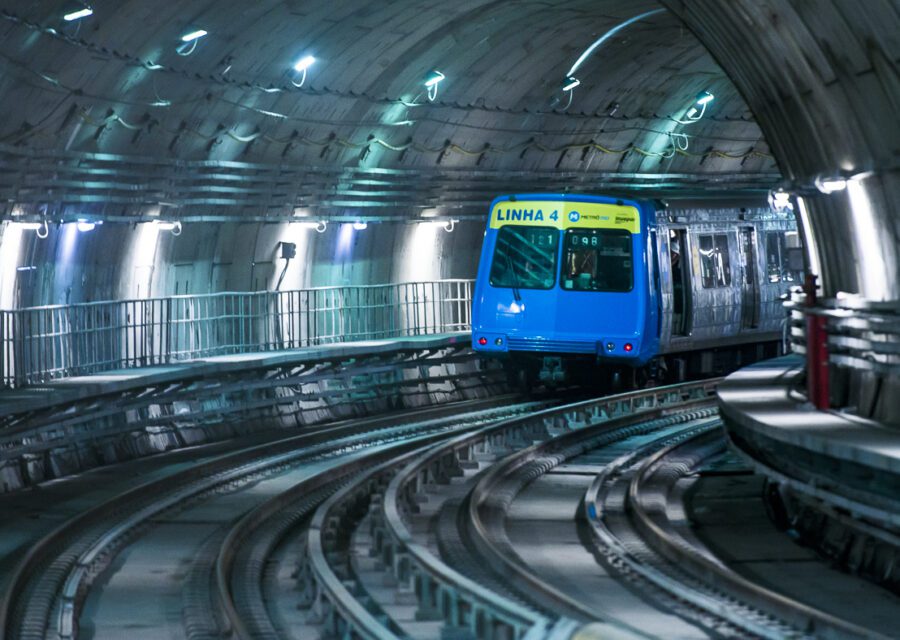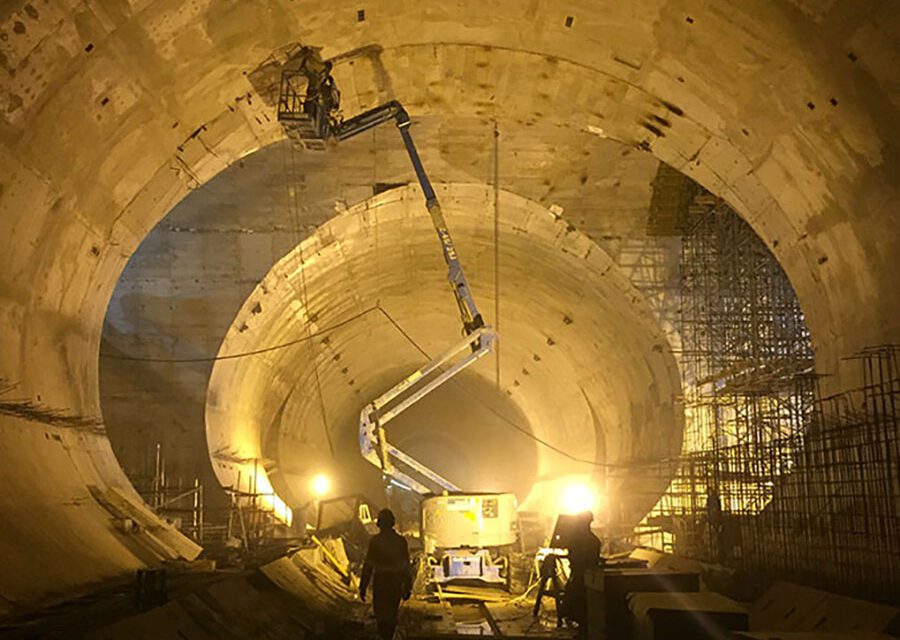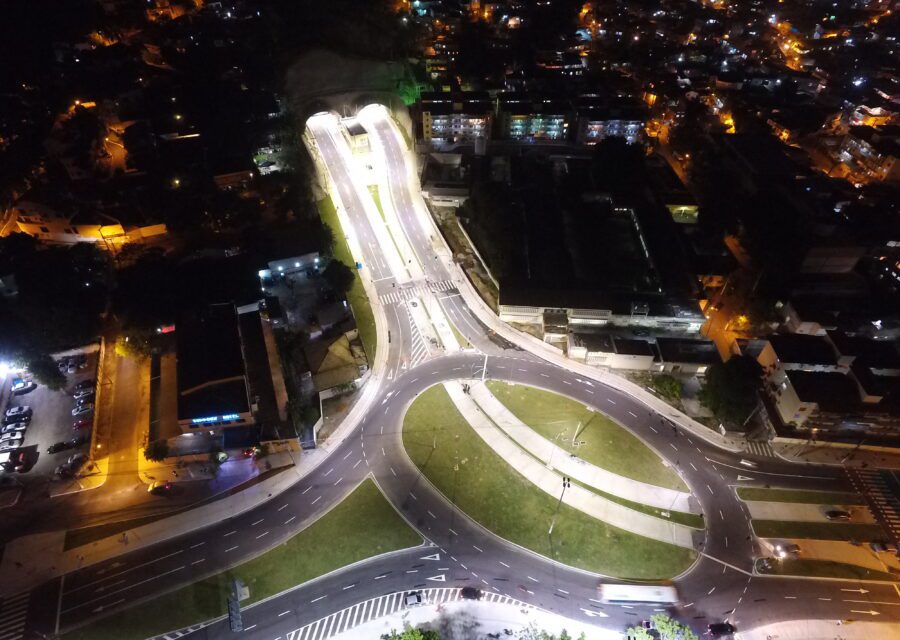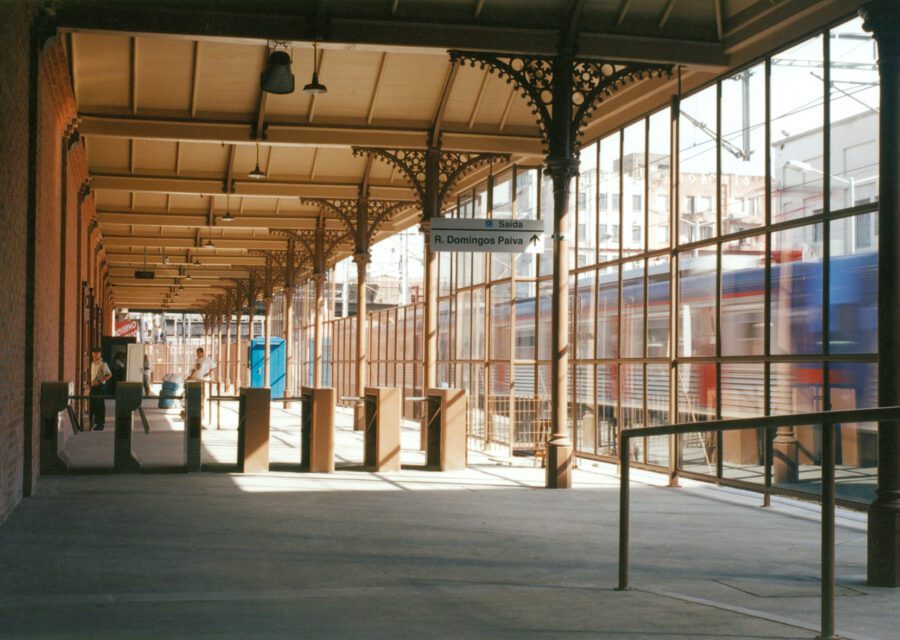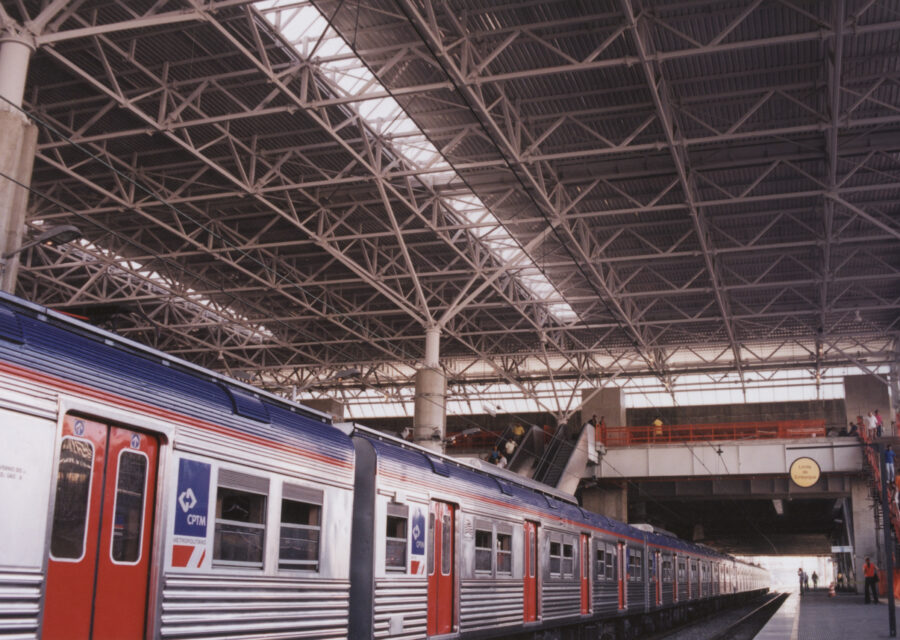Public transport infrastructure projects are imperative for socioeconomic development and for improving the quality of life and the environment in large cities.
The need to upgrade Brazil’s airports and mass transportation facilities has led us to undertake many projects in this segment. Initiatives that demand complex construction technologies, years of expertise and trained employees, such as public transport expressways, subways, airports and railway stations, are some examples of our work in recent decades.



